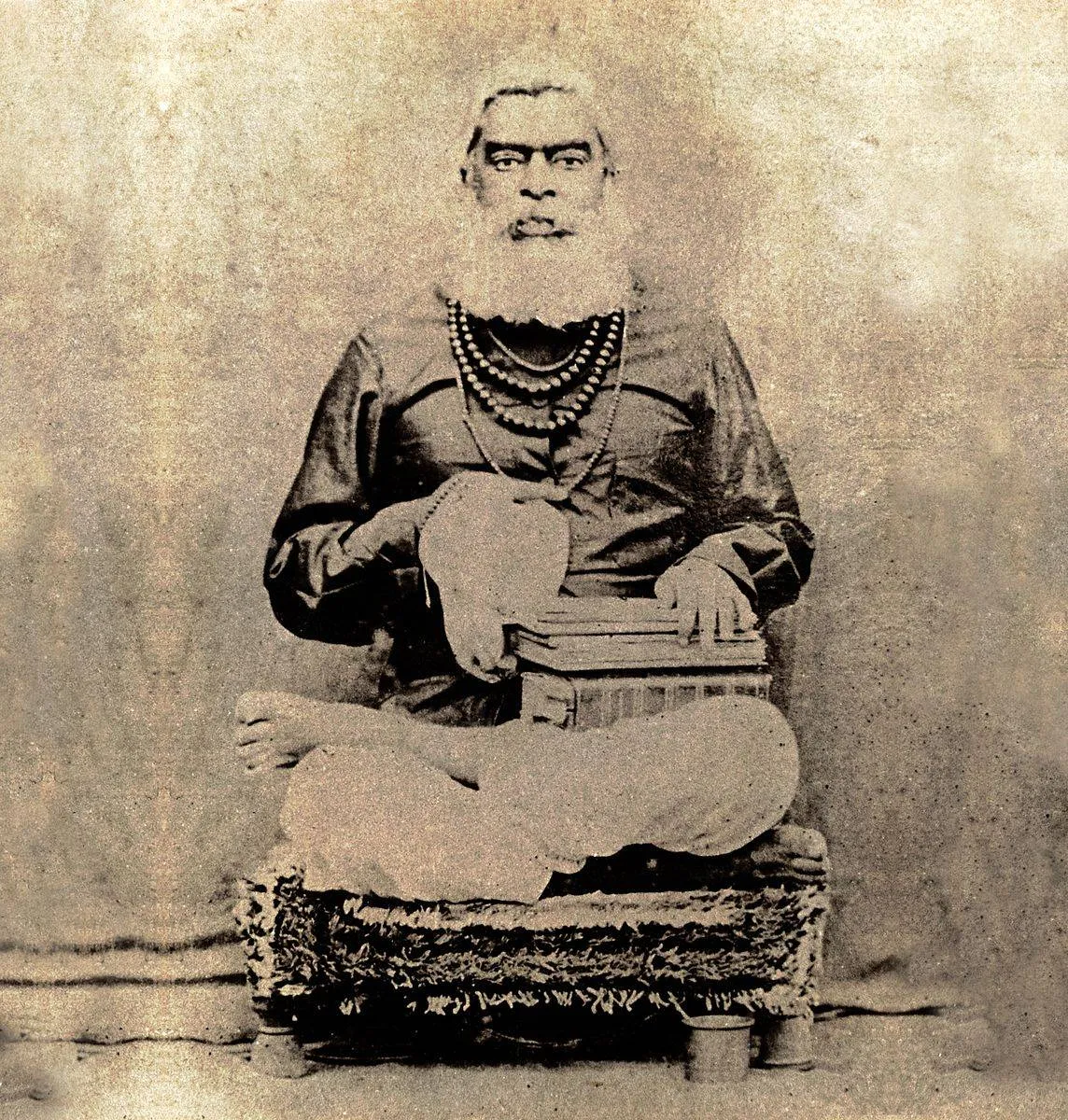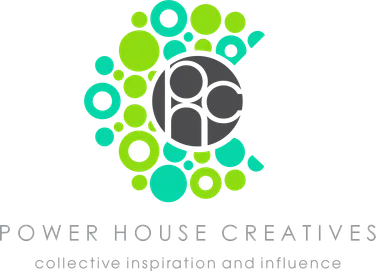Yesterday’s new moon was the thirtieth anniversary of my initiation into the “Gaudiaya Vaishnava sampradaya” or Vishnu lineage in 1989 at the age of 21. That is the Vedic lineage of spiritual teachers in the line of disciplic succession going back into the mists of time. I entered the monastic ashram and temple full time 18 months prior to that at the age of 19, and after the observation period, the older monks and masters saw that I was sincere, disciplined and dedicated, so I was officially initiated into the order, receiving a new Sanskrit name under the tutelage of a particular guru or teacher.

Actually the monks, properly known as “sanyassa” mendicants, who trained me were all students of the founder of the order in the west. The founder or “acharya” as he was known, was an elderly sadhu or saintly sanyassi monk who came from India to transplant the ancient lineage and training school of philosophical thought from its origins in the holy town of Vrindavan in India, near New Delhi in the north.
The acharya, which is a term meaning exemplary revolutionary founder, was A. C. Bhaktivedanta Swami Prabhupad, himself a student of his own teacher in India, named Bhaktisiddhanta Saraswati Thakur Goswami. And his initiating spiritual teacher in the line of succession was Gaura Kishor Das Babaji, while the father of Bhatisiddhanta Saraswati Thakur was named Bhaktivinod Thakur. And it was on the anniversary disappearance day of Bhaktivinod Thakur – yesterday on the new moon in June, that I was initiated thirty years ago. Yesterday was the celebration of his disappearance from this world, celebrated every new moon in June.
Curiously in the Vedic culture, it is not only the birthday but also the passing away or disappearance day of the saintly predecessors in the line of disciplic succession that is honoured as noteworthy. So I was initiated into this long lineage of teachers and students going back to the dawn of time, back to Krishna, who spoke Bhagavad Gita on the battlefield of Kurukshetra, as it is known in the Mahabharata, around 5000 years ago.
The chain of succession has continued down the course of history since then, although it has had some breaks of course. But it was revived and passed on, from teacher to pupil, all the way through to the sixteenth century, when the great saint and avatar Chaitanya Mahaprabhu appeared, and then further down the line to Bhaktivinod Thakur in the 1890s, whose disappearance day it was yesterday, and ultimately down to me.
There are four such lineages in India considered to be Vaishnava lines of succession. Vaishnavism is the practice of Vishnu bhakti, or Krishna devotion based on Bhagavad Gita, and the four main lines are all ancient and respected as bona fide or authentic schools of thought based on valid Sanskrit teachings. There are other schools of thought in the rich pantheon of Vedic culture, much like the various Christian branches of doctrine in the west. Some are related to Shiva, and others are more monist, known as “Adwaita” schools of thought.
My particular order is not Adwaita, which means non-dual, “dwaita” meaning two and “a” meaning a negation of that, so in other words “not two” and thus non-dual. My particular school of thought is more a combination of both dual and non-dual philosophical conclusion. It is a third way, called
This means “inconceivably simultaneously dual and non-dual” or one and different at the same time. It is a synthesis of both the other two schools of thought. Not “either-or” but rather “both one and the other simultaneously” which is inconceivable to the mind but still considered to be the ultimate Vedic conclusion. It is truly revolutionary and more progressive a philosophical conclusion than the Adwaita or Mayavada school of thought, also known as “Impersonalists”.
Impersonalism is not looked upon very favorably, thus the synthesis of both personalist and impersonalist philosophical understanding of our identity in relation to the divinity or source. This is based on the understanding that there are three ways in which the divinity manifests;
1. Brahman
2. Paramatma
3. Bhagavan
Brahman
This is the all-pervading oneness of impersonal spirit. The Vedic aphorism says “aham brahmasmi” or “I am spirit”, or everything is that one spiritual energy. It is like the rays of the sun.
Paramatma
This is the “Supersoul”, the expansion of the divinity Vishnu, within the heart of every living entity. We are the individual separated souls called “atma” or “jivatma”, while Vishnu expands as “Paramatma” or Supersoul. So you have two, soul and supersoul, both residing within the body of the living entity, like two birds sitting in a tree. Supersoul is witnessing all, and soul can turn to supersoul for guidance, for he is the guru in the heart, able to advise all who are receptive to him, so to speak.
Bhagavan
This is the manifestation of Vishnu as a personality of Godhead, as the avatar Krishna or Rama, the Sun planet directly in the analogy for example, who appears at different times in history for the specific purposes mentioned in the Bhagavad Gita:
अभ्युत्थानमधर्मस्य तदात्मानं सृजाम्यहम् ॥ ७ ॥
परित्राणाय साधुनां विनाशाय च दुष्कृताम् ।
धर्मसंस्थानार्थाय सम्भवामि युगे युगे ॥ ८ ॥
glānir bhavati bhārata
abhyutthānam adharmasya
tadātmānaṁ sṛjāmy aham
paritrāṇāya sādhūnāṁ
vināśāya ca duṣkṛtām
dharma-saṁsthāpanārthāya
sambhavāmi yuge yuge
Translation “Whenever and wherever there is a decline in religious practice, O descendant of Bharata, and a predominant rise of irreligion – at that time I descend Myself. To deliver the pious and to annihilate the miscreants, as well as to reestablish the principles of religion, I Myself appear, millennium after millennium.
Bhagavad Gita as it is chapter 4:7-8 translated by Swami A.C. Bhaktivedanta
The understanding of simultaneous oneness and difference implies that the individual soul is a fragmented part and parcel of the original supersoul, but although one in quality, s/he is very minute or small in quantity, and there lies the difference. Yes we are all in quality the same as God, but we are very small and localised whereas God is very great and all-pervading. I am residing in my body, but the one Supersoul is residing within everybody. It is vaguely like Jung’s personal and collective unconscious, from a mundane point of view.
That is the Vedic conclusion of inconceivable simultaneous oneness and difference. We are all eternal parts and parcels and can return back to godhead, not to merge into the impersonal brahman effulgence that surrounds Vishnu like a halo or the rays of the sun, but rather to be ourselves in a relationship with Vishnu, a relationship or servitude, or friendship, or even parental mood, or most esoterically of lover. There is still the facility to merge and lose one’s identity as a unique personality, but that is not considered the highest goal. One can also have a relationship with Vishnu as an enemy, but relationship there must be, of some sort or the other. And the Vedas are full of pastimes of relating with Vishnu in one or the other of these ways.
This is the esoteric conclusion revealed in the Vishnu Bhakti yoga ashram where I trained for ten years in my twenties before entering the world of society in general. I learned from teachers in India and back home in Cape Town, all student of the acharya Swami Bhaktivedanta Prabhupad. So on the anniversary I reveal to you the esoteric insights that I gained regarding self-realization and our original identities beyond the body. May all living entities be blessed with such remembrance. Please feel free to ask any questions in the comments below.

